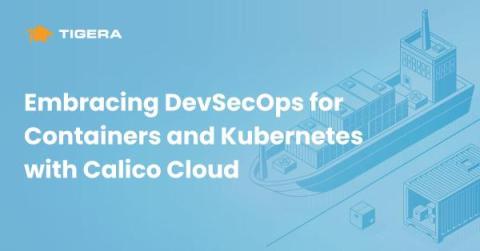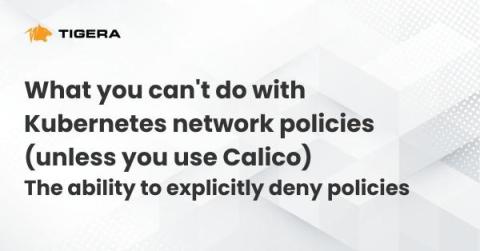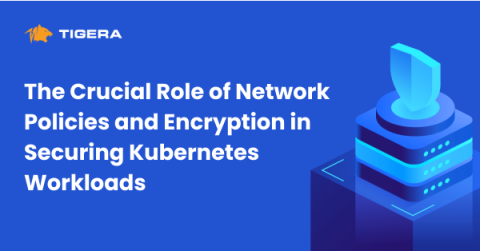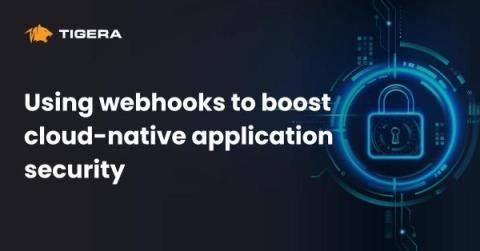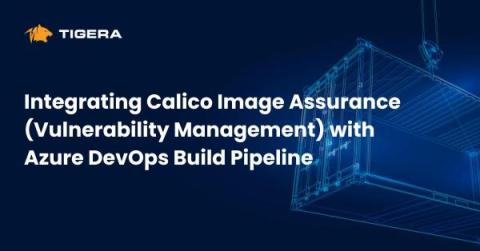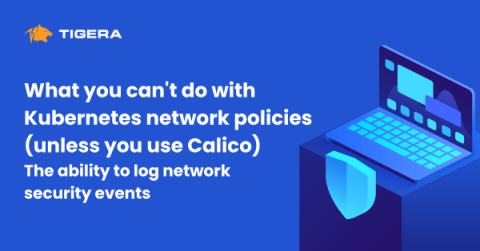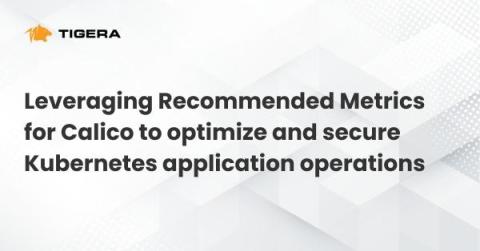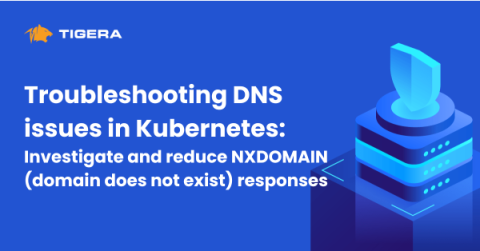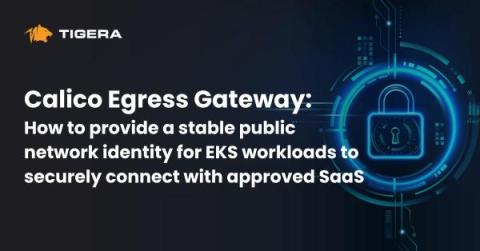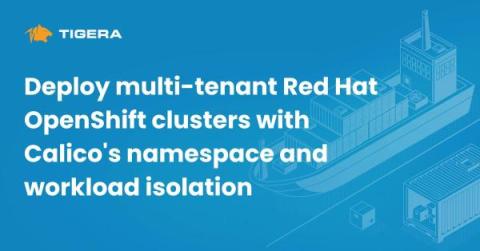Security | Threat Detection | Cyberattacks | DevSecOps | Compliance
Latest Posts
What you can't do with Kubernetes network policies (unless you use Calico): The ability to explicitly deny policies
The Crucial Role of Network Policies and Encryption in Securing Kubernetes Workloads
Using webhooks to boost cloud-native application security
Integrating Calico Image Assurance (Vulnerability Management) with Azure DevOps Build Pipeline
What you can't do with Kubernetes network policies (unless you use Calico): The ability to log network security events
Leveraging Recommended Metrics for Calico to optimize and secure Kubernetes application operations
Troubleshooting DNS issues in Kubernetes: Investigate and reduce NXDOMAIN (domain does not exist) responses
Calico Egress Gateway: How to provide a stable public network identity for EKS workloads to securely connect with approved SaaS
Many organizations have adopted IP address allowlisting for their corporate cloud applications as an added layer of security. Many sanctioned cloud applications and web services enforce access restrictions based on the source IP address of incoming traffic. To establish a connection with these remote SaaS services, your traffic must originate from a particular IP address that is pre-registered. Any traffic originating from different IP addresses will be denied access by these remote applications.
Deploy multi-tenant Red Hat OpenShift clusters with Calico's namespace and workload isolation
As you are using OpenShift or are planning to use it for your containerized applications, ensuring robust security is crucial. As you dive deeper and your workloads become more complex, the need for advanced security measures becomes apparent. This is where Calico’s microsegmentation capability helps to achieve tenant and workload isolation. Let’s explore how Calico can be a game-changer in strengthening the security posture of your OpenShift environment.


